These days, the internet can feel like a dark pit of despair, but thankfully, there are bright spots to be found, and Emmy Kastner is one of those bright spots. Emmy is a children’s book author and illustrator. Her fun and colorful “Nerdy Babies” series ignites curiosity and encourages young readers to ask questions and explore the world. As a former teacher and co-founder of the youth writing center Read and Write Kalamazoo (RAWK), Emmy knows how to connect with kids, but it’s her lifelong love of stories (and possibly a 4th-grade school visit from one of her favorite children’s book authors, Jon Scieszka) that inspired her to write for kids.
Besides being incredibly talented, Emmy is major BFF material. Her generosity, kindness, and sense of humor are apparent in everything she does. I can’t think of anyone more perfect to kick off this guest series. I got to chat with Emmy in my first-ever recorded conversation. We’re both hilariously naive about recording software, microphones, sound management—the technical stuff—and it shows, but thankfully, we do know some things about picture books. Emmy and I talk about the five books that have influenced and inspired her as an artist, and because she and I are picture book nerds, we dive deep into these books. Emmy also shares her new book, A Very Big Fall, coming out this August. I got a sneak peek, and it’s delightful and funny — just like Emmy.
If an hour and eighteen-minute conversation about picture books is not your thing, don’t worry, Emmy’s also shared snippets of the books and why she chose them in this newsletter. But chances are, as a Moonbow subscriber, you are into long, meandering conversations about books, and in that case, you can listen to our chat and use the newsletter for visuals. I’ve added links to all the books we mentioned in our conversation at the end of this newsletter, but it may be cut off if you’re reading it in Gmail because this newsletter is long. If it’s clipped, I don’t know what you do; maybe there’s an option to click for more — again, technical stuff — not my thing.
Because Emmy and I are so excited to share this with you, we’ve teamed up to give one lucky Moonbow subscriber an exclusive Moonbow x Emmy Kastner print! Stay tuned; that email will land in your inbox today too.
Now, enjoy Emmy’s stack!
Emmy Kastner | @emmykmakes
Choosing five books was a wild ride. I should’ve documented the NBA finals-esque bracket of books laid out on my studio floor. Many favorites didn’t make the cut! (Maybe next year, Amelia Bedelia!) I kept thinking of Taylor’s request as a guiding star: books that have influenced the artist and author I am today. So I thought of what I value and prioritize in my work, and then worked backwards to select books that I adored that speak to those values. Curating a stack like this has proven fun and eye-opening—a worthy exercise for anyone, especially authors and illustrators, to do.
Alexander and the Terrible, Horrible, No Good, Very Bad Day written by Judith Viorst and illustrated by Ray Cruz (1972)
The way the first-person voice in this story fully embodies Alexander’s unyielding terrible, horrible, no good, very bad day through those long, detailed run-on sentences is truly captivating. It’s brilliant. It would not be the same story told in any other way. It’s a masterclass in voice: thoughtfully crafting sentences and page turns in a way that builds the story and taps into the reader’s empathy. It’s remarkable. It resonated with me as a kid. I understood his state completely. It resonates as an adult. No wonder it’s still on shelves.
A Child’s Book of Poems pictures by Gyo Fujikawa (1969)
This is an illustrated collection of poems that has always been on my bookshelf. I remember spending a lot of time flipping through the pages and poring over every detail, even before I could read. The collection of poetry from various poets (Kate Greenway, William Blake, etc.) spans from observational poems on the colors of flowers to fantastical poems illustrated with kids sleeping on leaves while elvish fairies swirl magic overhead. There are spreads and vignettes in full color, and others illustrated in black ink lines. Ultimately the line between fiction and reality feels blurred and I was (and am still) fascinated by it all. The door of possibility felt wide open and I find that’s the ongoing theme of stories I want to tell.
Imogene’s Antlers by David Small (1987)
This is a book I knew and loved as a kid. Right from the jump, we’re in the thick of it with the opening line: “On Thursday, when Imogene woke up, she found she had grown antlers.” The story lives in this strange, unexplained state that I never questioned as a kid. You see her family and most adults confused and then her mother is emotionally wrecked from whatever is happening to Imogene. Meanwhile, Imogene is very chill about having antlers. It’s a beautiful example of the adult tendency to over-explain versus the childlike willingness to believe. There’s no resolution provided, no rationale on why she’s got antlers. If anything, the weird just gets weirder. Spoiler: the story ends with Imogene unveiling a peacock tail!
As a kid, I loved knowing that David Small was from Michigan. I’ve always wanted to make books, and knowing there were authors/illustrators in Michigan, it felt like an attainable goal. And now an adult in Kalamazoo, I live close to David and his wife Sarah. I feel lucky to call them my friends. I worked on the beginning of my next book (A Very Big Fall) sitting in his studio.
Knights of the Kitchen Table written by Jon Scieszka and illustrated by Lane Smith (1991)
In this story, a kid named Joe gets a book from his Uncle Joe (a magician) that sends him and his friends back in time to the medieval era, meeting up with King Arthur and Merlin … hilarity ensues. I am drawn to cleverness: a twist, an art technique, the unexpected. And laughing. I’m into laughing. And I’m down for a good story that involves King Arthur and knights and quests. This book checks those boxes. Taking the stories and characters of Camelot that are foundational in the history of storytelling and giving them the Scieszka treatment felt revolutionary as a kid. I was IN. I discovered this book thanks to my mom, who worked at an elementary school that hosted stellar author visits. She’d let me skip school and tag along with her to meet authors, recognizing how influential of an experience that was for me as a kid who wanted to be a writer. Meeting Jon Scieszka was foundational.
The Happy Day written by Ruth Krauss and illustrated by Marc Simont (1949)
I chose this book for many reasons. First of all, this collaboration! KRAUSS AND SIMONT! I’m a collaborative person by nature, so working with someone to tell a story is on my author/illustrator wishlist. I’d love to make art for someone else’s words; I’d love to hand over a manuscript for someone to illustrate. How exciting!
This story is about a bunch of animals waking up to spring. Bears, squirrels … and snails. Krauss leans into the strange and unexpected. There is a tenderness and playfulness that radiates from her words, both in pace and word choice. There’s an honesty to her stories that reflects a connection to the mind of a child. The more I think about it, that connection is likely a closed circuit that’s traveling a loop between her childhood, her readers, and her adult writer brain. Inspiring, to say the least.
This story is visually told in black and white, save for the single yellow flower at the end. Breathtaking! Marc Simont’s work has always represented a bold, confident versatility to me. From No More Monsters to A Tree is Nice to The Stray Dog to In the Year of the Boar and Jackie Robinson to The Philharmonic Gets Dressed, Simont’s artistic approach caters to the story. At first glance, you may not know those were all his books, the way you would for, say, Maurice Sendak or Christian Robinson. Simont’s approach to making art for books is a kindred approach to how I make art for any story.
Conversation Notes:
“Nerdy Babies” series by Emmy Kastner (2019-2020)
Alexander and the Terrible, Horrible, No Good, Very Bad Day written by Judith Viorst and illustrated by Ray Cruz
I’ll Fix Anthony written by Judith Viorst and illustrated by Arnold Lobel (1969)
The Night Before Christmas written by Clement C. Moore and illustrated by Gyo Fujikawa (1969)
Imogene’s Antlers by David Small (1987)
1980s Reading Rainbow theme song | Imogene Antler’s Reading Rainbow Episode
Knights of the Kitchen Table written by Jon Scieszka and illustrated by Lane Smith (1991)
The True Story of the 3 Little Pigs written by Jon Scieszka and illustrated by Lane Smith (1989)
The Stinky Cheese Man and Other Fairly Stupid Tales written by Jon Scieszka and illustrated by Lane Smith (1992)
Knucklehead: Tall Tales and Mostly True Stories of Growing Up Jon Scieszka written by Jon Scieszka (2008)
The Happy Day written by Ruth Krauss and illustrated by Marc Simont (1949)
The Philharmonic Gets Dressed written by Karla Kuskin and illustrated by Marc Simont (1986)
In the Year of the Boar and Jackie Robinson written by Bette Bao Lord and illustrated by Marc Simont (1984)
No More Monsters for Me! written by Peggy Parish and illustrated by Marc Simont (1987)
The First Story written by Margaret Wise Brown and illustrated by Marc Simont (1947)
The Carrot Seed written by Ruth Krauss and illustrated by Crockett Johnson (1945)
The Carrot Seed told by Norman Taylor - Children’s Record Guild (1950)
Tomi Ungerger | eBay posters: Hansel & Gretel | Cinderella
Wait ‘Till the Moon Is Full written by Margaret Wise Brown and illustrated by Garth Williams (1984)
A Very Big Fall by Emmy Kastner (August 2022)
Mac’s Book Club Show Book Club | MBCSBC Hat (100% of sales go to the Book Industry Charity Fund)
The Art in the Background Instagram | Follow Emmy Kastner on Instagram




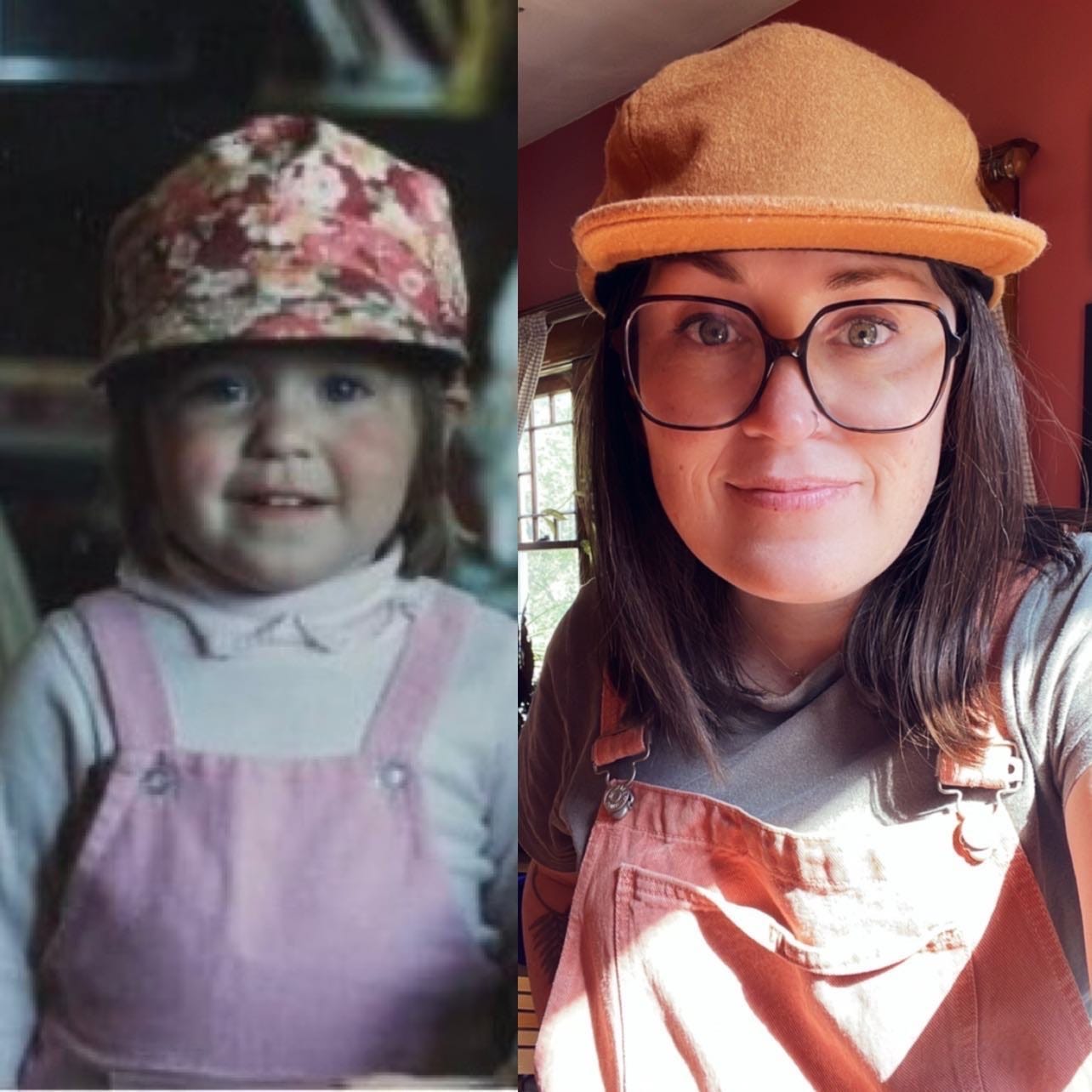

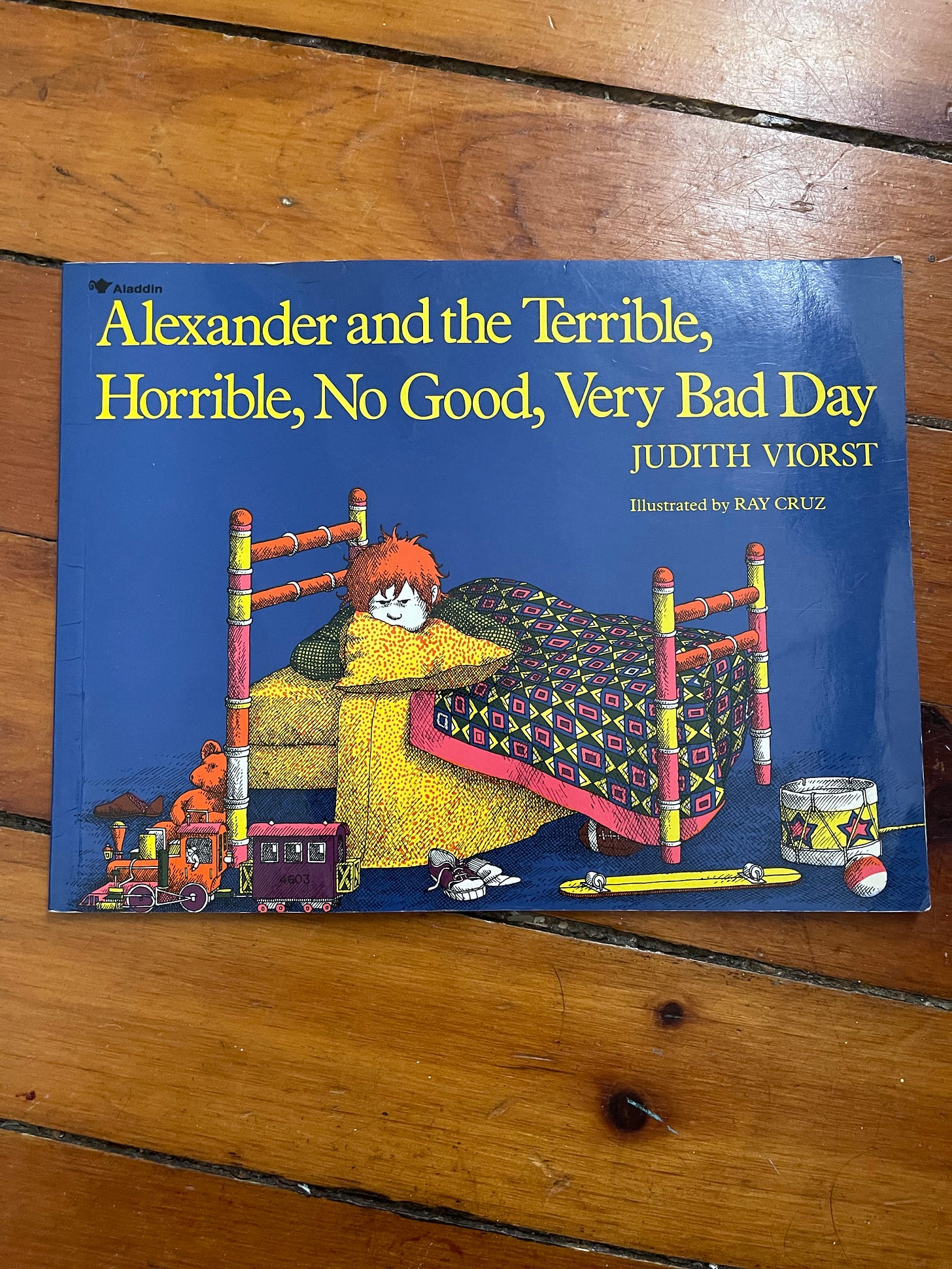
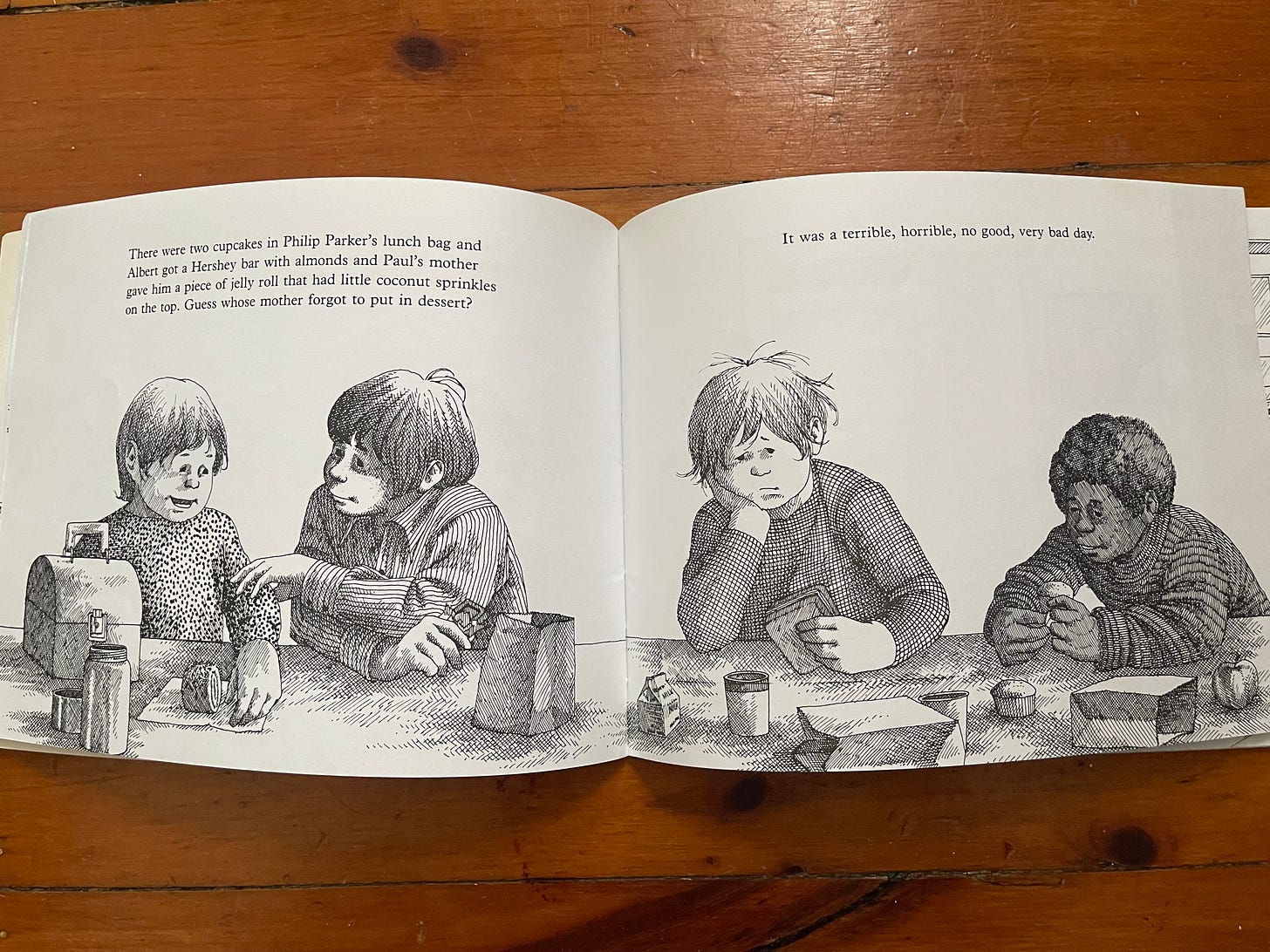
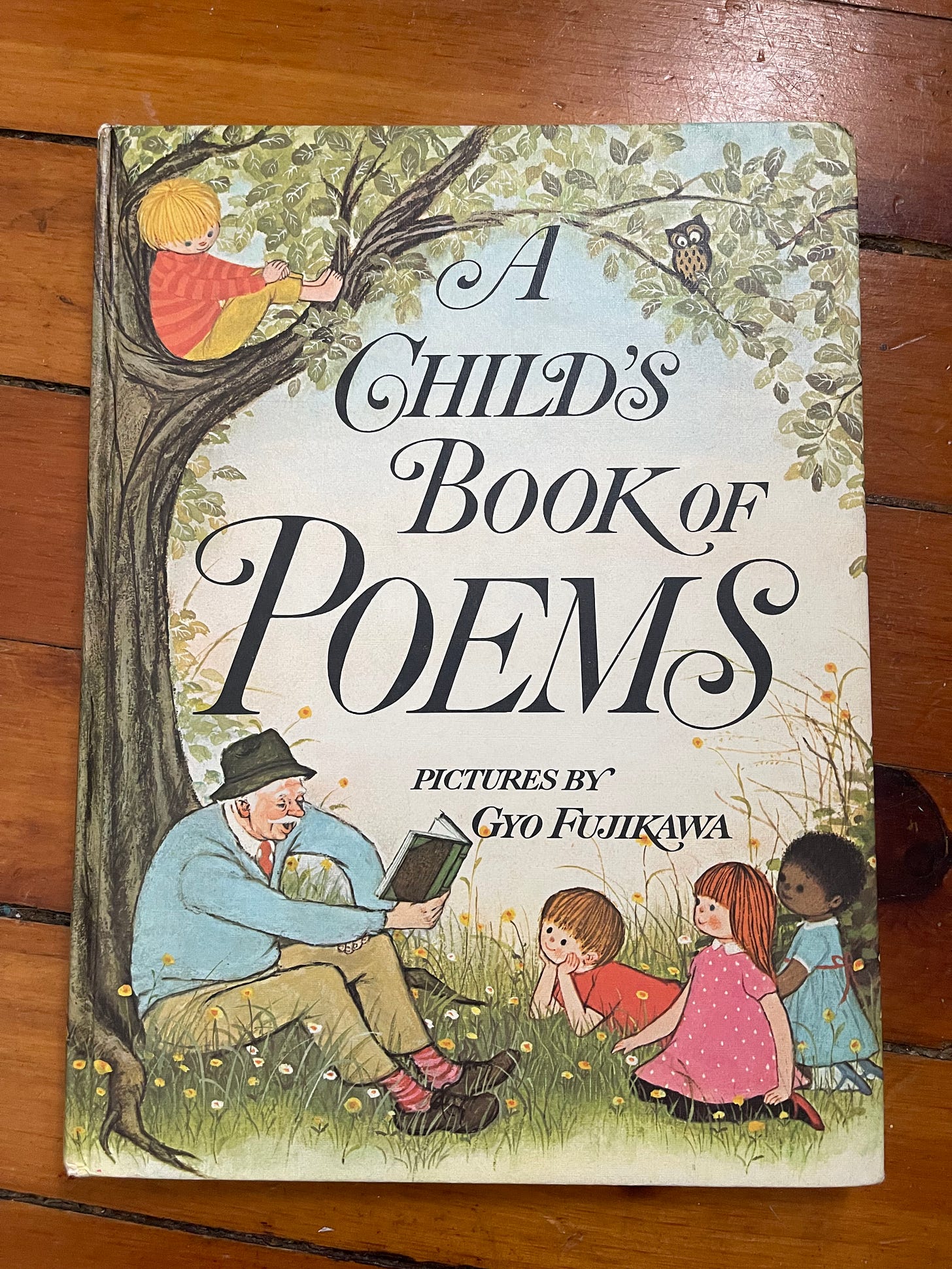
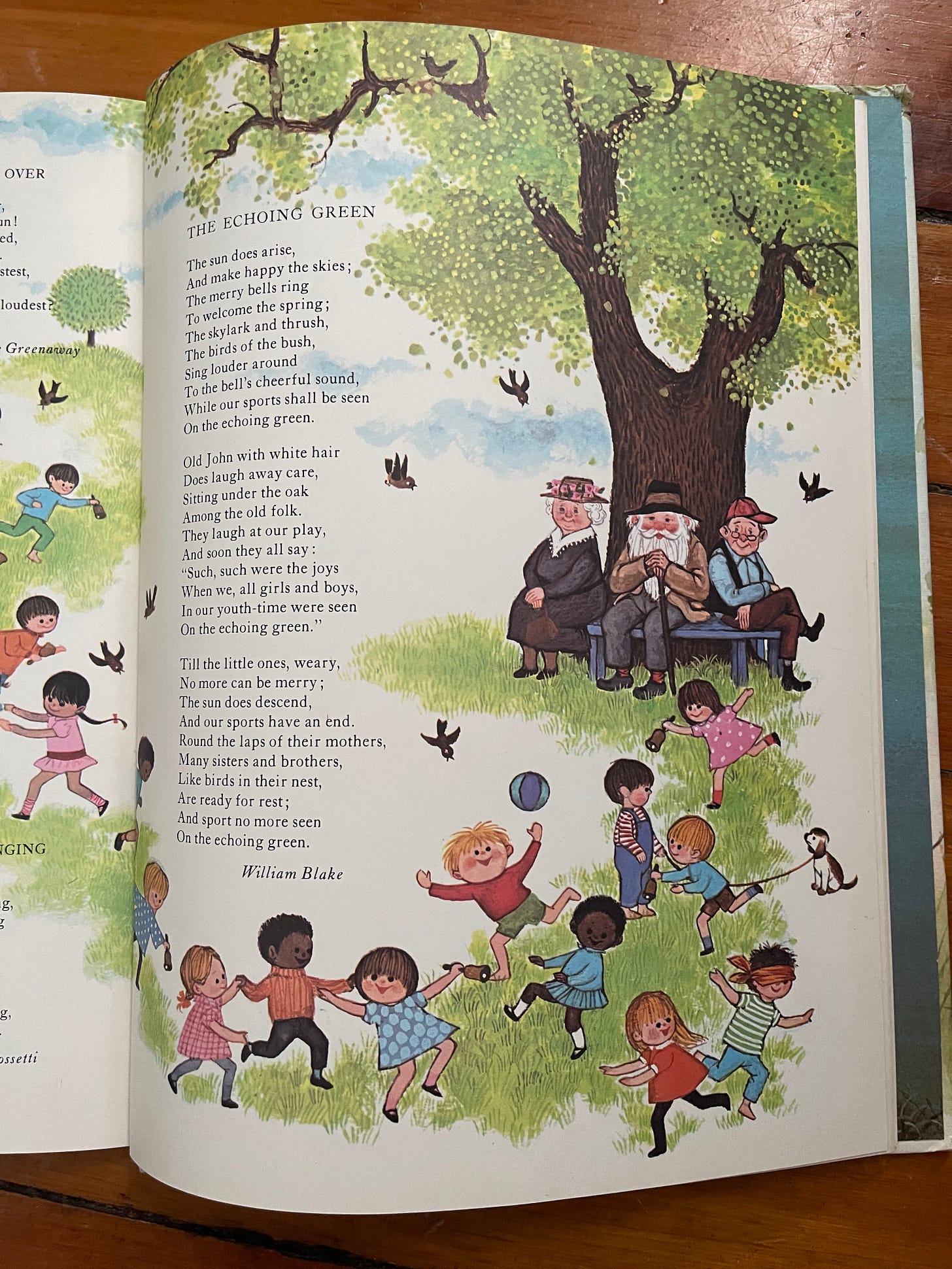
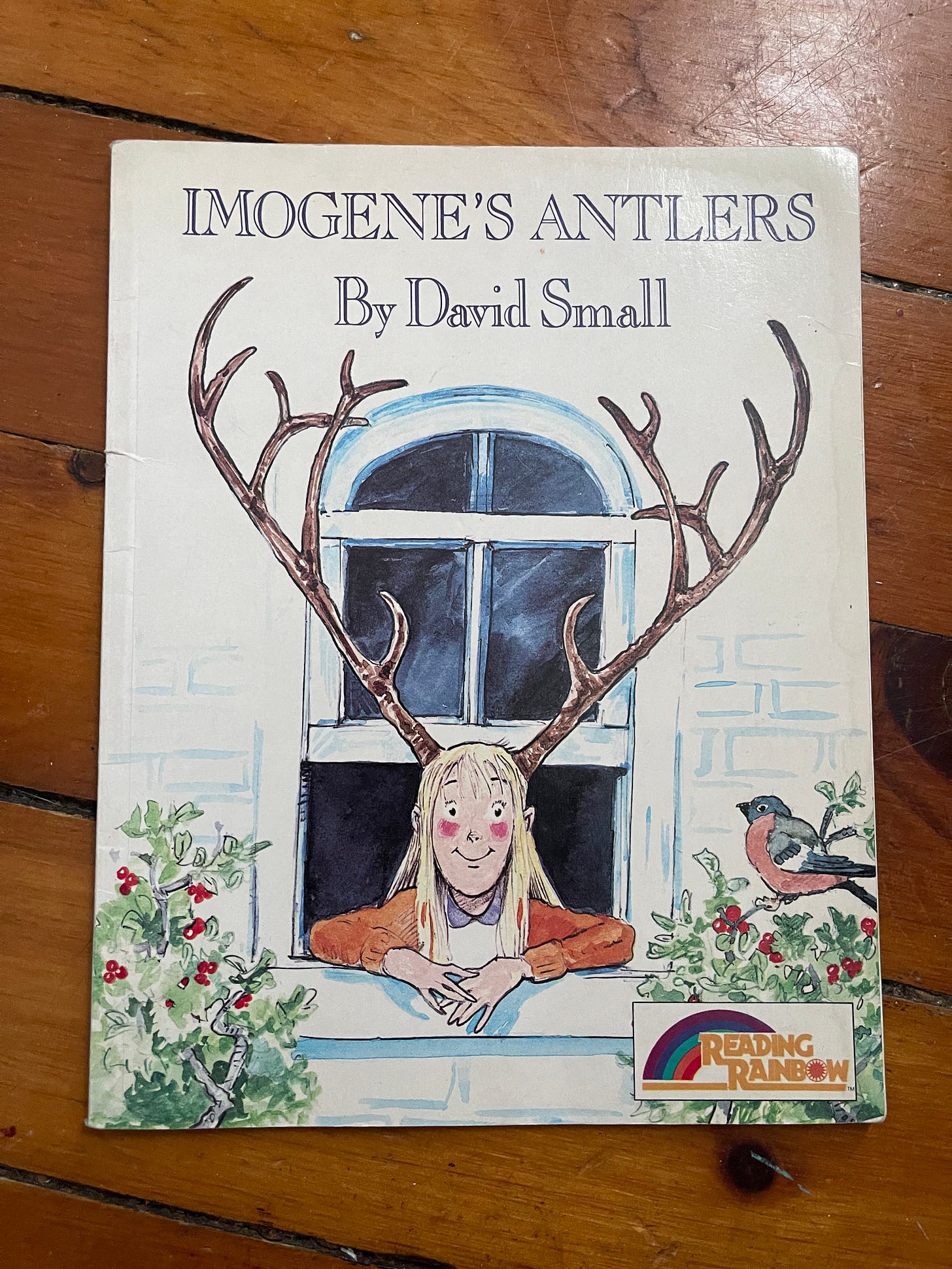
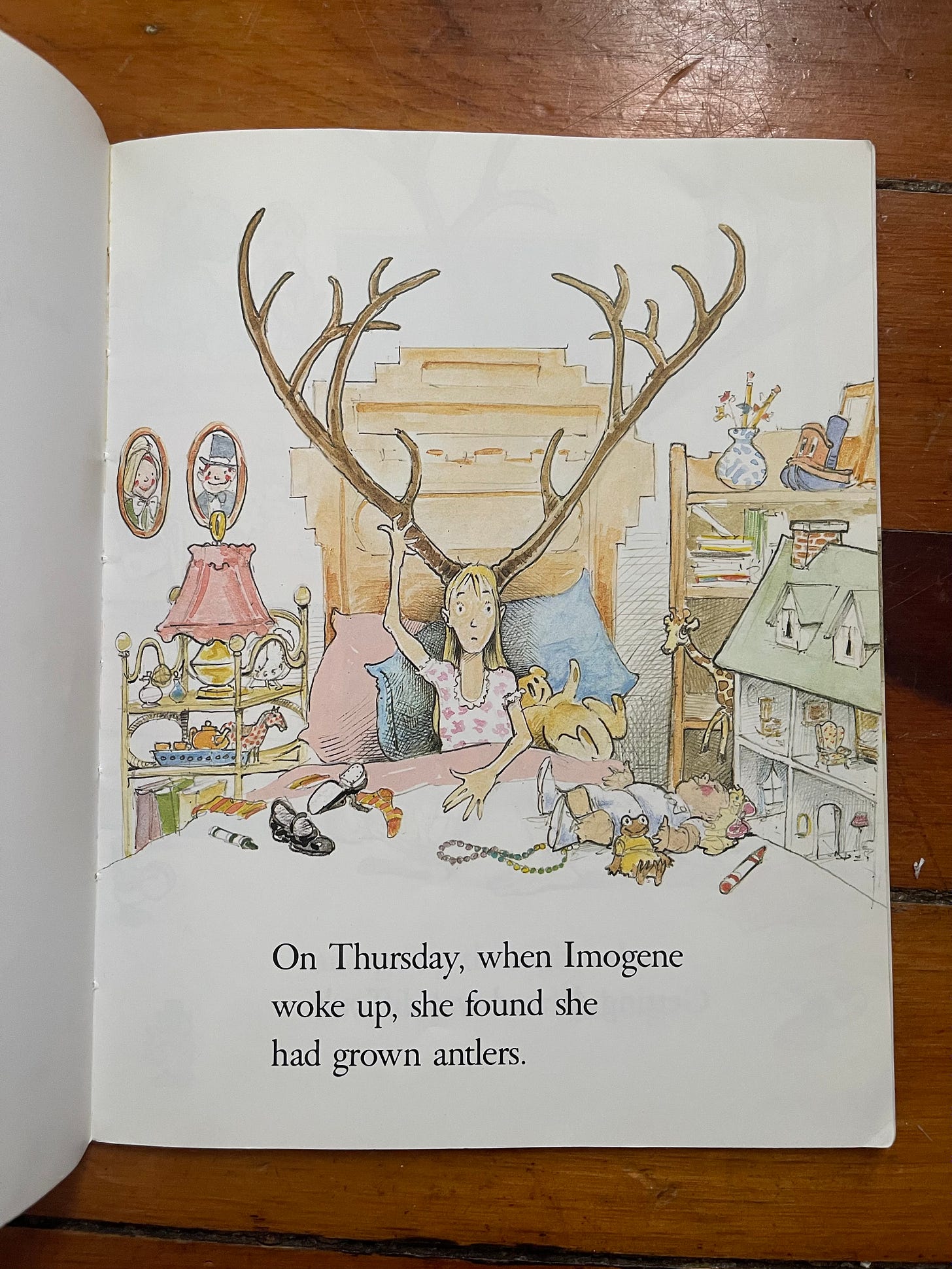
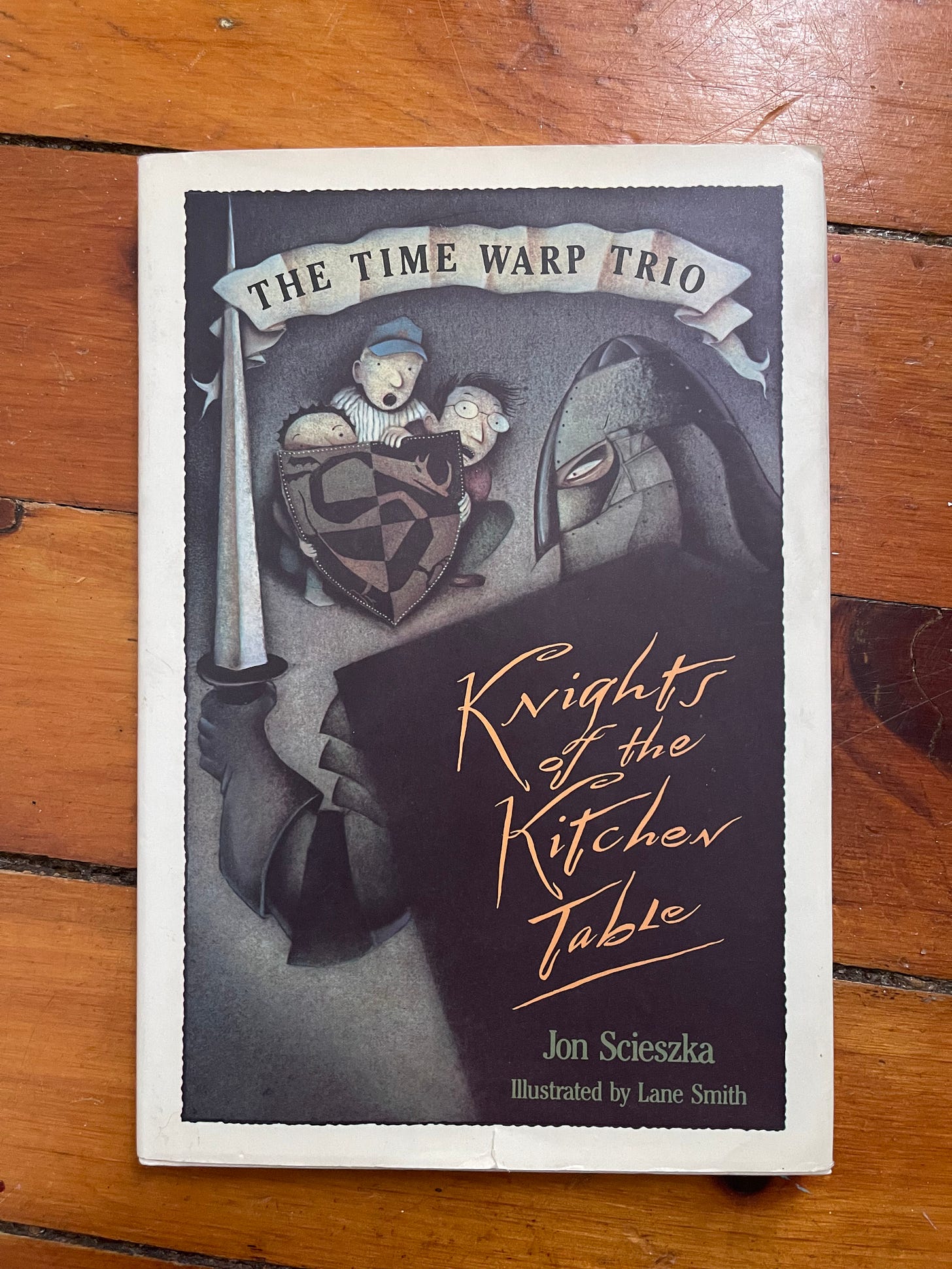
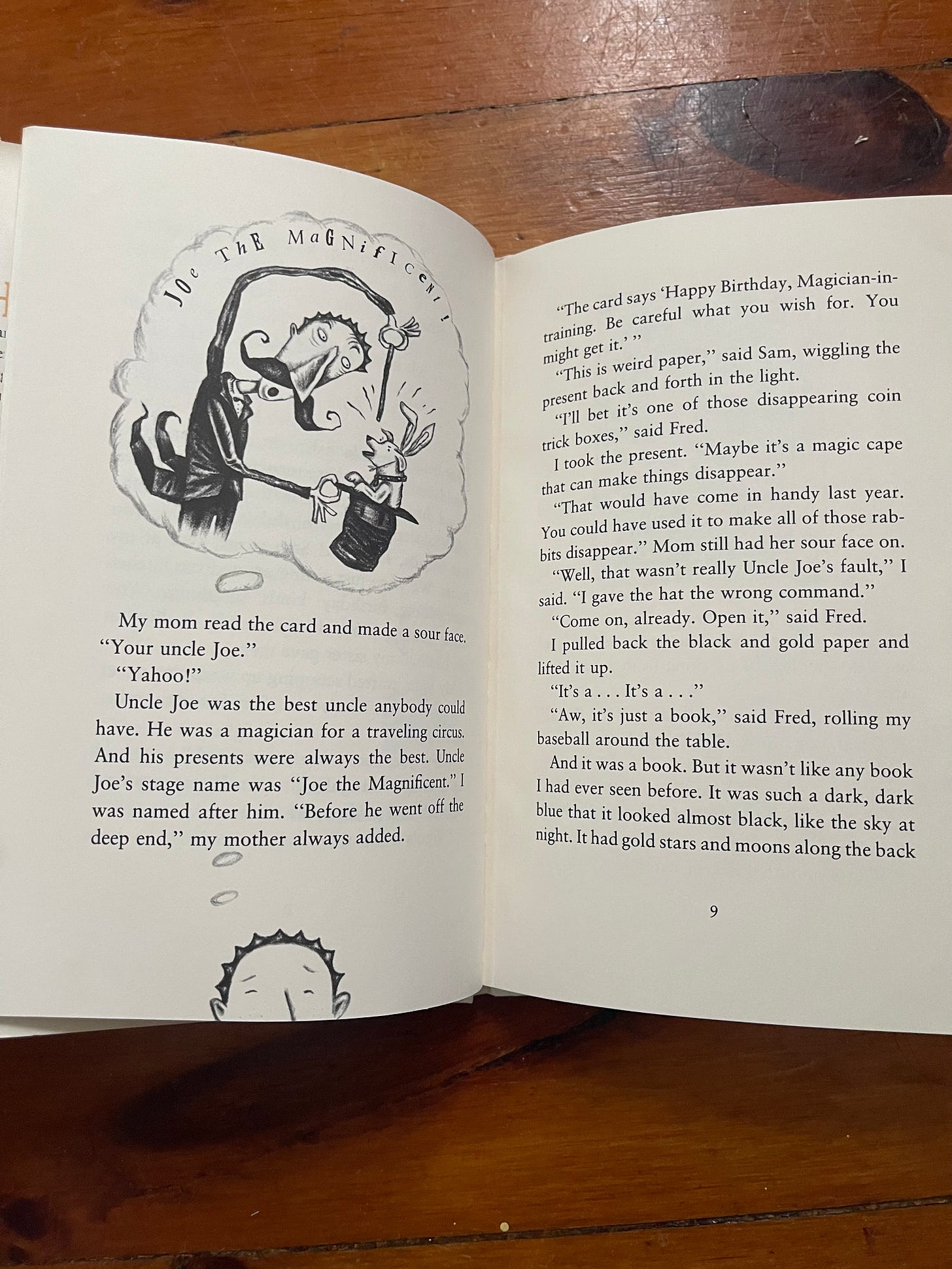
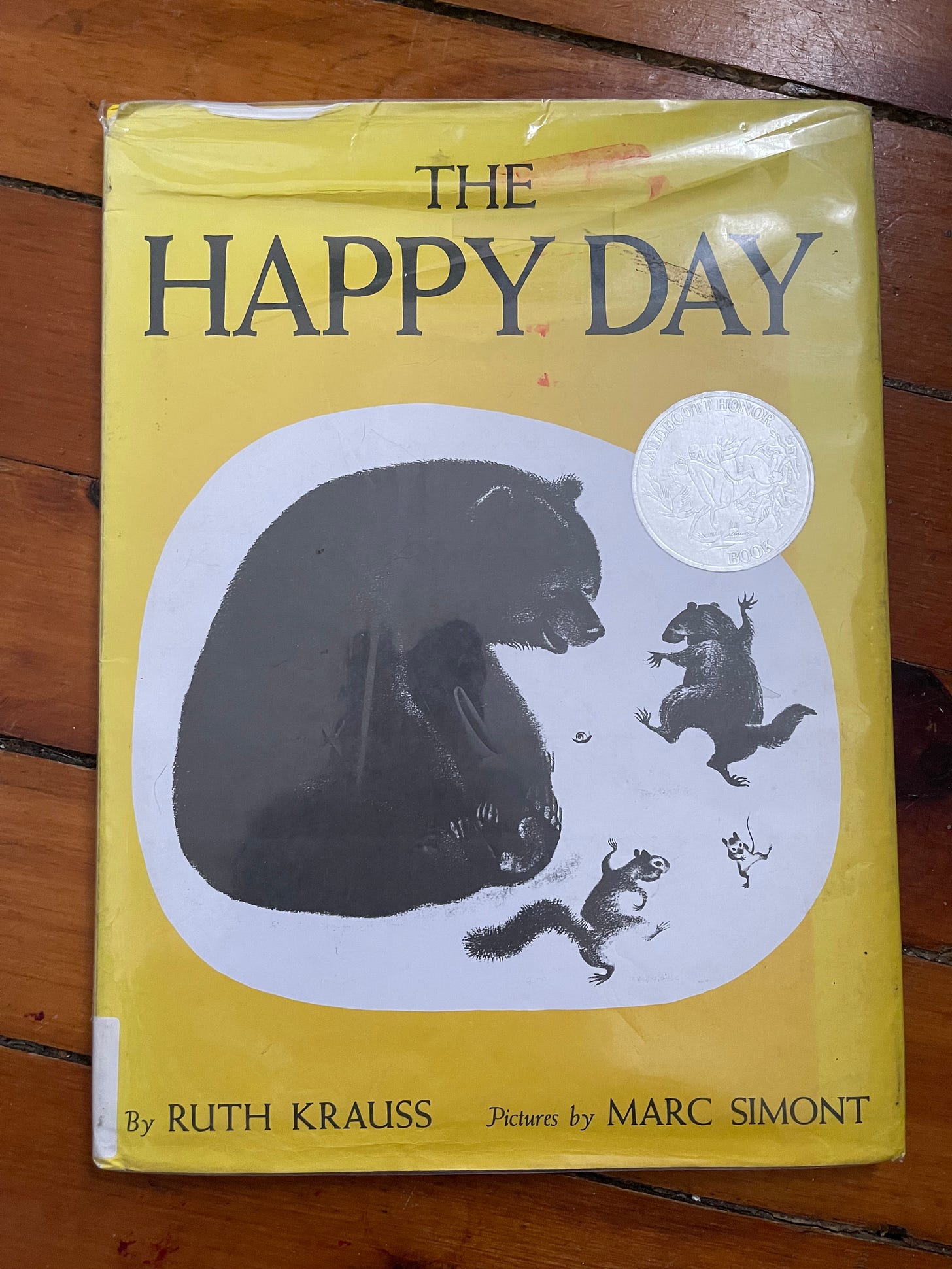
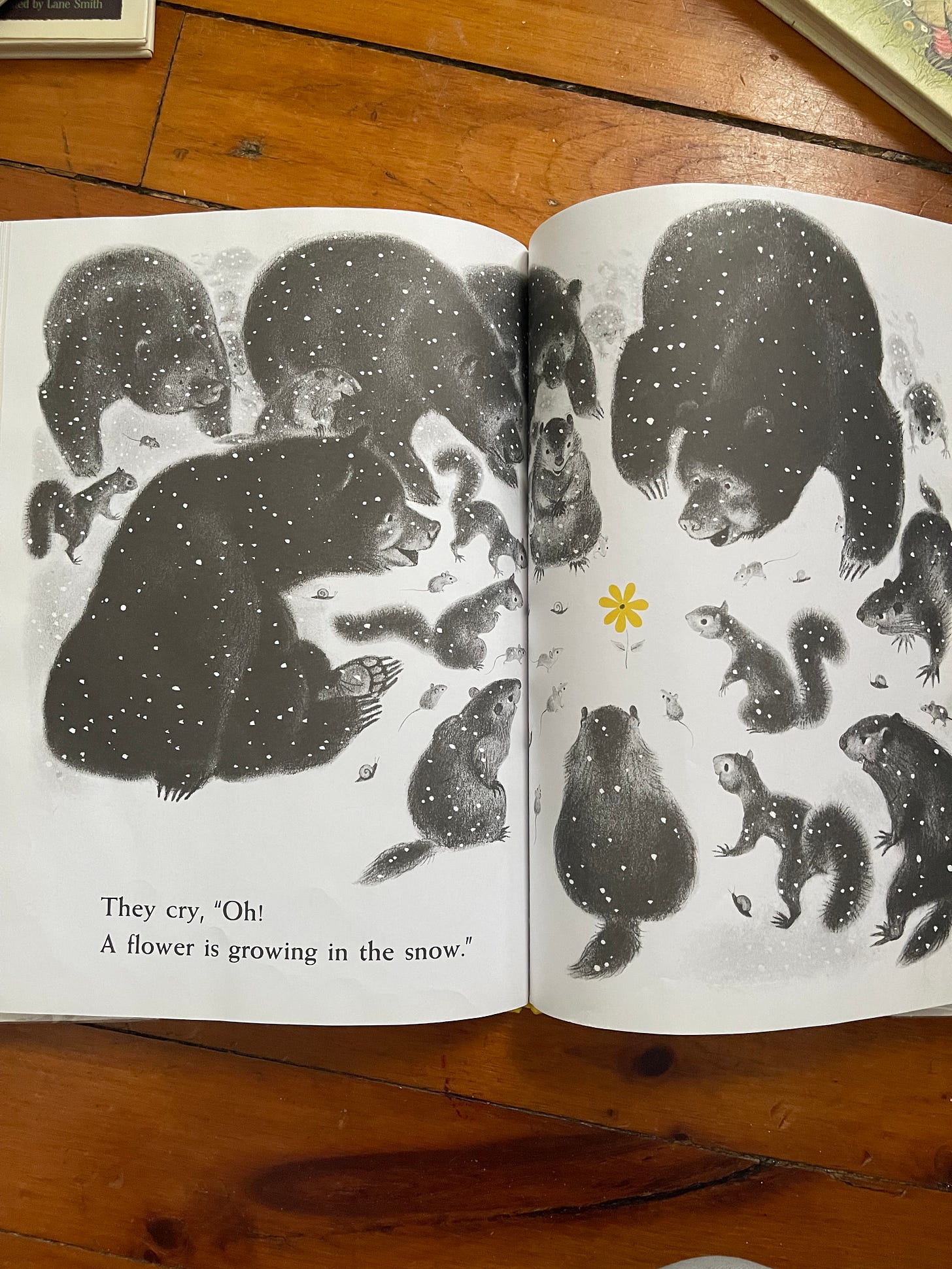
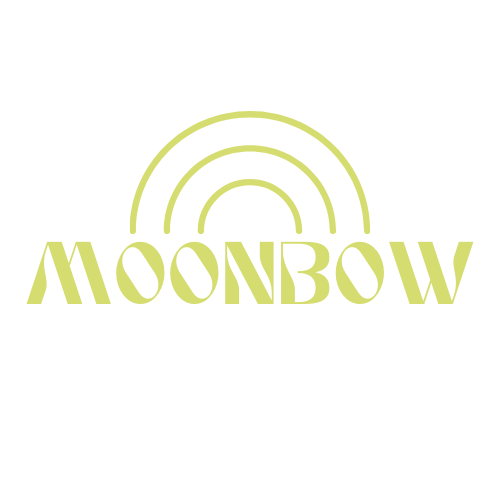


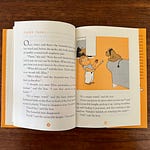
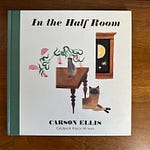
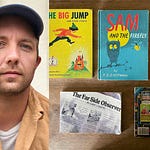

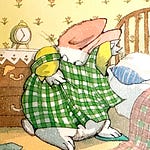
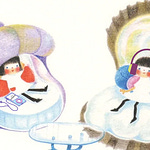
5 Books That Shaped Me: Emmy Kastner